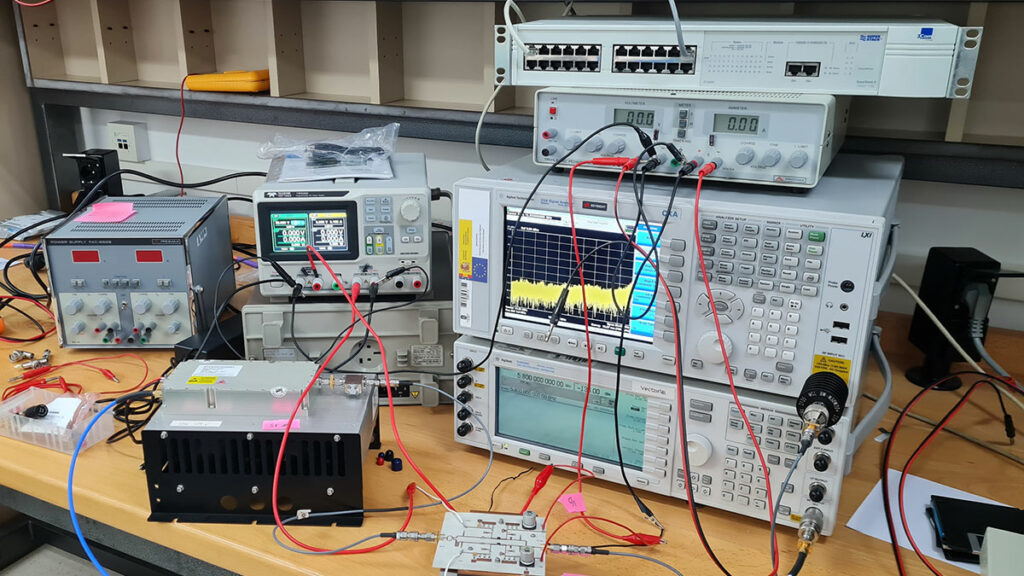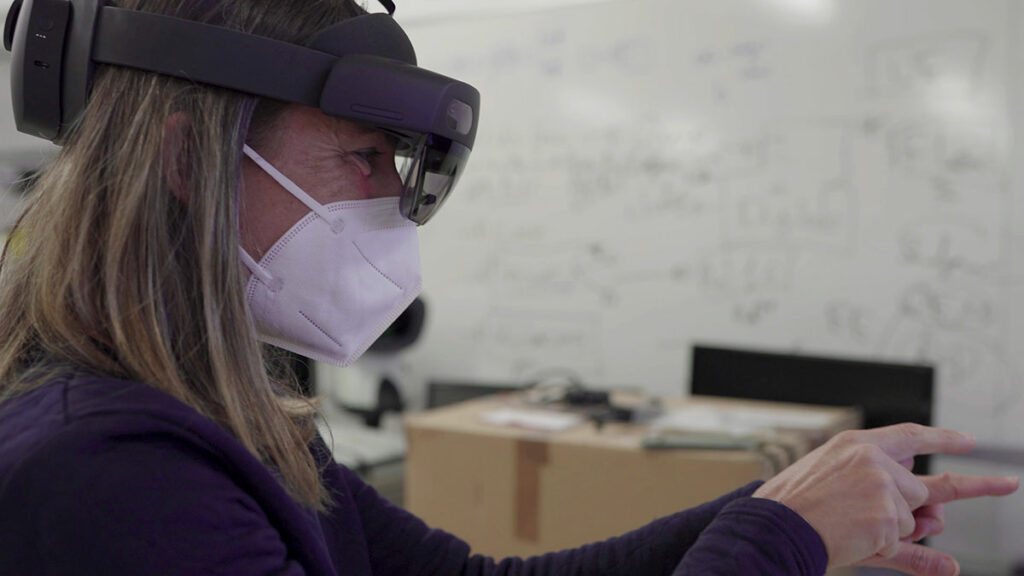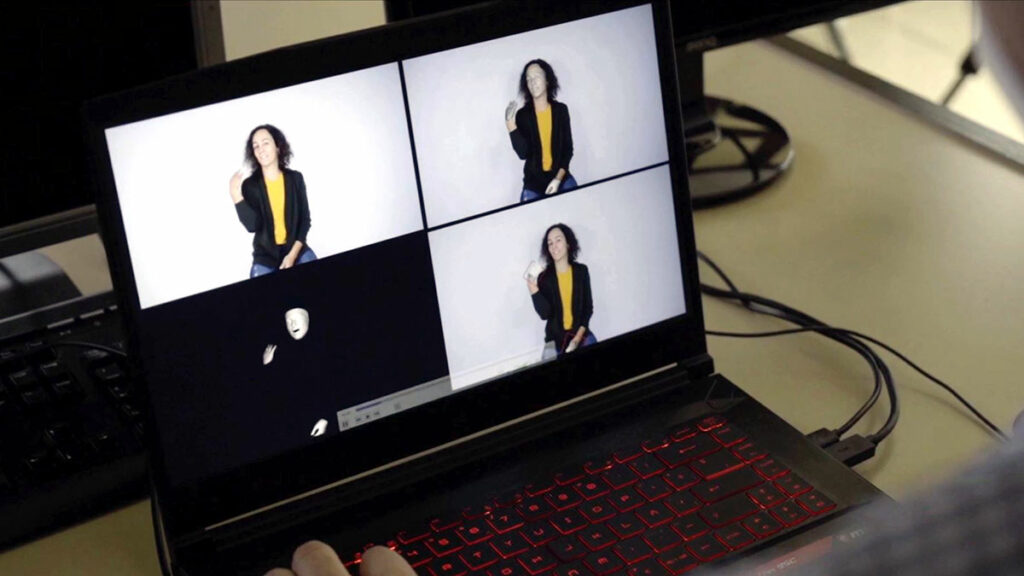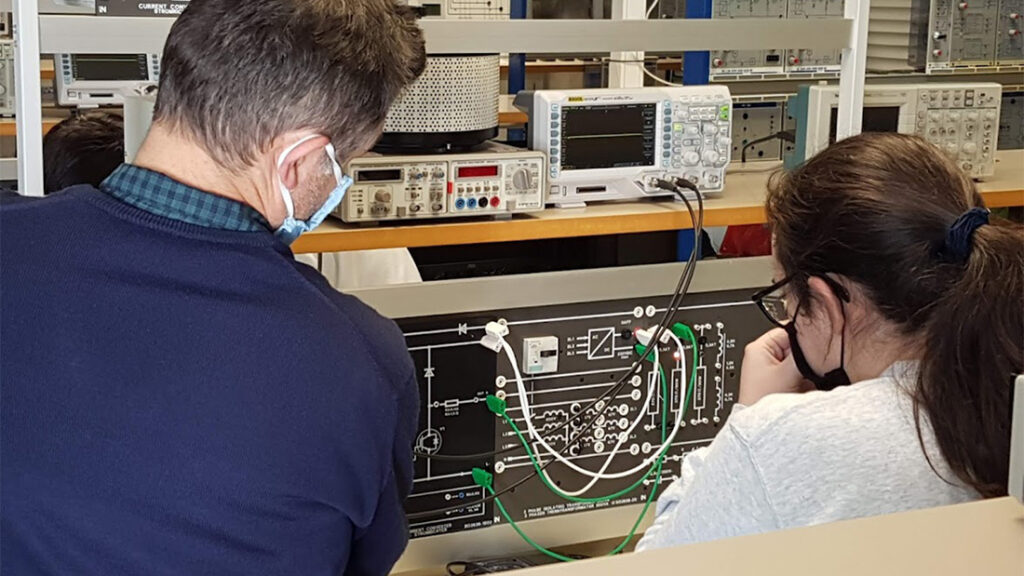The Bachelor’s Degree in Telecommunication Technologies Engineering consists of four itineraries that give access to the regulated profession of Technical Telecommunication Engineer in its different specialisations: Telecommunication Systems, Sound and Image, Telematics and Electronic Systems.
Each student must take at least one complete specialisation (48 ECTS, 8 courses), planned for the third academic year. Additionally ─and planned for the fourth academic year─ students may choose a total of five courses (30 ECTS) in their specialisation or in another one.
All the courses that make up the mentions are elective, so an attractive option is to take two blocks of 48 ECTS (8 courses each block) between the third and fourth year, obtaining the degree with two specialisations, taking only 18 ECTS (3 courses) in addition to the 240 of the degree.
Specialisation in Telecommunication Systems
(48 ECTS)
Specialisation in Electronic Systems
(48 ECTS)
Specialisation in Telematics
(48 ECTS)
Specialisation in Sound and Image
(48 ECTS)
Telecommunication Systems Electives
(30 ECTS)
Electronic Systems Electives
(30 ECTS)
Telematics Electives
(30 ECTS)
Sound and Image Electives
(30 ECTS)
The degree will enable graduates to practice the regulated profession of Technical Telecommunication Engineer, in a speciality depending on the path followed.
All graduates of this degree will meet the requirements for access to the Bachelor’s Degree in Telecommunications Technology Engineering established in Order CIN/352/2009, which establishes the requirements for the verification of official university degrees that enable the exercise of the profession of Technical Telecommunications Engineer.
Specialisation in Telecommunication Systems (ST)

This profile provides the necessary skills to assume responsibilities and functions related to mobile communications, optical fibre, radio and television systems, satellite communications, wireless systems, image processing, etc.
COORDINATOR:
Carlos Mosquera Nartallo
mosquera@gts.uvigo.es
+34 986 812 677
The 8 courses that conform the 48 ECTS of the mention are the following:
- Radio frequency circuits
- Radio communication systems
- Treatment of multimedia signals
- Microwave circuits
- Radio spectrum management
- Principles of digital communications
- Optical telecommunication infrastructures
- Wireless networks and systems
Specialisation in Telematics (TEL)

With this profile you have the necessary skills to assume responsibilities and functions related to telematic and multimedia services, big data, internet and other communication networks, cybersecurity, mobile app programming, etc.
COORDINATOR:
Juan Manuel Santos Gago
juan.santos@det.uvigo.es
+34 986 813 476
The 8 courses that conform the 48 ECTS of the mention are the following:
- Operating systems
- Network architecture and technology
- Security
- Concurrent and distributed programming
- Network and switching theory
- Multimedia networks
- Information systems
- Telematics architecture and services
Specialisation in Sound and Image (SI)

This profile provides the necessary skills to assume responsibilities and functions in the audiovisual, acoustic, information and telecommunication industries and to develop telecommunications, audiovisual and acoustic engineering projects and designs.
COORDINATOR:
Fernando Martín Rodríguez
fmartin@uvigo.es
+34 986 812 151
The 8 courses that conform the 48 ECTS of the mention are the following:
- Fundamentals of acoustic engineering
- Video and television
- Sound processing
- Architectural acoustics
- Interactive audio systems
- Image systems
- Fundamentals of image processing
- Design of audiovisual installations
Specialisation in Electronic Systems (SE)

This profile provides the necessary skills to assume responsibilities and functions related to electronic design, home automation and electromedicine, instrumentation, automotive, electronic control systems, construction of general process machines (computers), storage and transmission of signals and energy conversion.
COORDINATOR:
Fernando Machado Domínguez
fmachado@uvigo.es
+34 986 812 093
The 8 courses that conform the 48 ECTS of the mention are the following:
- Analogue electronics
- Electronic signal processing systems
- Electronic equipment engineering
- Power electronics
- Electronic instrumentation and sensors
- Microelectronic design
- Electronic Systems for Digital Communications
